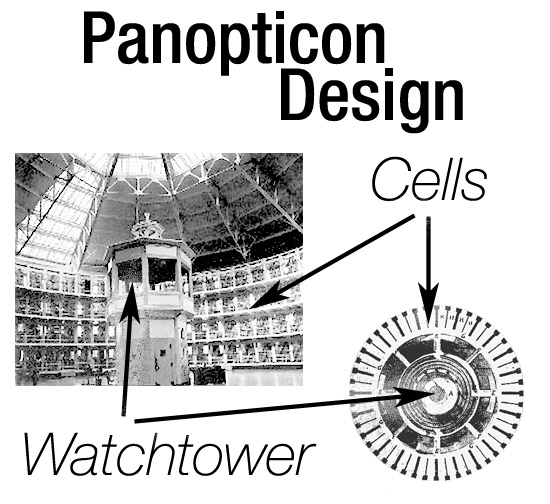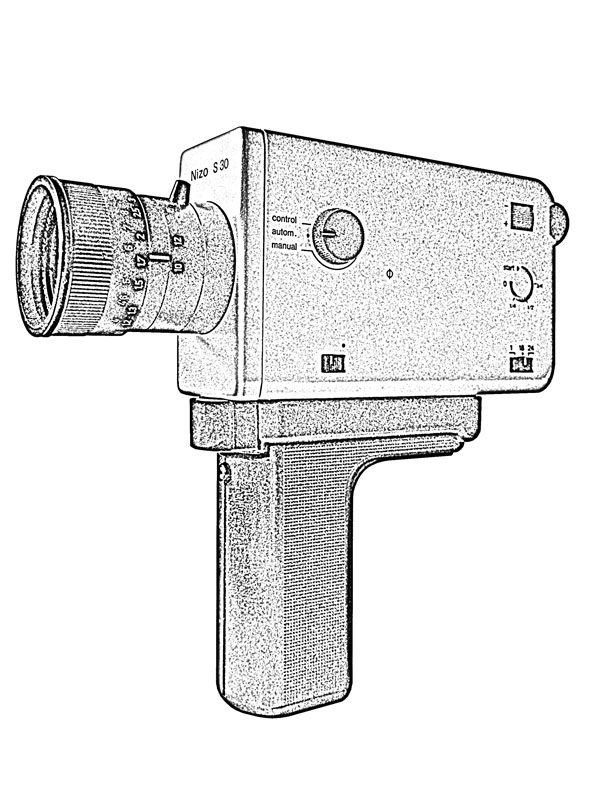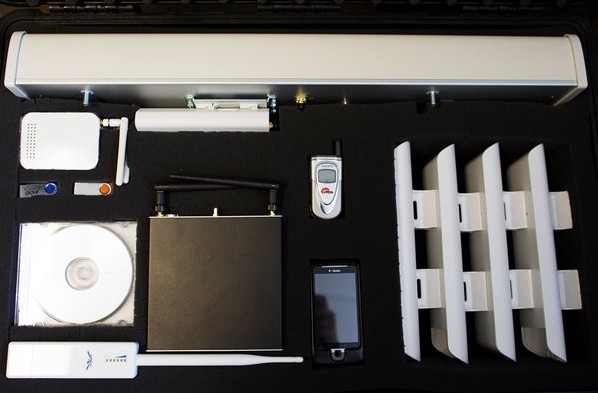Last winter, Cyborgology contributor David Banks described the Pentagon’s Gorgon Stare system—a nine-camera flying drone that can stay airborne for weeks at a time—as a “panopticon in the clouds.” Like Jeremy Bentham’s infamous prison design (later adopted as a metaphor for all of contemporary society by Michel Foucault), the deployment of surveillance drones serves, in part, to limit the actions of militants by creating a perception that the US government was perpetually watching. Banks argues that, ultimately, these sci-fi-esque surveillance regimes were made possible by recent refinements in automated data management that originally had mundane applications, such as helping spectators follow activity on the sports pitch or producing individualized film recommendations.

There is, thus, a double-sense in which the panopticon has entered the cloud(s). Surveillance devices are not only omnipresent—flying through the air—but these devices are also linked remotely to command and control centers—large, centralized databases that store and process the information produced in surveillance operations. Thus, unlike the historic spy operations conducted by manned U2 spy plans, drones never have to physically return home for data processing; instead, this information is transmitted in real-time. more...







